The OnePlus 6 Review: Among The Best Of 2018
by Andrei Frumusanu on July 27, 2018 8:30 AM EST- Posted in
- Mobile
- Smartphones
- OnePlus
- OnePlus 6
Camera - Architecture & UI
The OnePlus 6 offers a new Sony IMX519 sensor as the main rear camera shooter. It comes with a 16MP resolution with pictures coming out at 4608 x 3456 resolution. The sensor has a slight pixel size disadvantage compared to other 12MP 1.4µm main camera shooters as the 1/2.6” sensor results in 1.22µm pixels. The optics on the main sensor is an f/1.7 aperture lens with a 25mm equivalent focal length. The module also comes with OIS.
As mentioned in the introduction, the second camera of the OP6 is an oddity as its optics isn’t any different from the main shooter, it’s still an f/1.7 lens with the same viewing angle. The sensor here is a 20MP Sony sensor with 1µm pixel pitches. OnePlus uses this secondary sensor for depth information such as in portrait mode (even though the blurring is done computationally), and is said to use it in certain low-light conditions in coordination with pixel binning to 5MP and rescaling to result in better low-light photography. I’ve had a hard time trying to figure out exactly how the low-light functionality works and didn’t really see much effect in my testing, and there’s been seemingly a large consensus among the community and reviewers that OnePlus should just have went with a telephoto module here as the current use of the second sensor seems like a bit of a waste given the limited use-cases.
Interface-wise the camera app was a joy to use and OnePlus used the KISS principle (Keep it simple, stupid) with only providing the most essential interface elements and shooting modes. Over the last year or two we’ve seen some vendors go down the rabbit hole of offering added shooting modes over shooting modes, which in effect vastly decreased the shooting experience as in many cases you’re not actually sure which mode will result in the best quality result. The OnePlus 6 on the other hand is very straightforward as the default mode it comes in is essentially what you’ll use all the time.
Alongside the auto mode, there’s quick swipe actions to video and portrait mode, and the rest of the basic functions such as slow motion, time-lapse, pro-mode, panorama and the new integrated Google Lens mode are also very quickly accessible.
One thing I was actually surprised to see is that the camera doesn’t offer any resolution choice other than a quick switch between 4:3, 19:9 and 1:1 aspect ratios. Again I think this is positive as effective there shouldn’t really be any reason why you’d want to capture in a resolution less than the full sensor width/height.
Camera - Daylight Evaluation

[ OnePlus 6 ]
[ G7 ] - [ G6 ] - [ V30 ]
[ Mi MIX 2S ] - [ Pixel 2 XL ] - [ Mate 10 ] - [ P20 ]
[ P20 Pro ] - [ S8 ] - [ S9+ ] - [ iPhone X ]
In this first scene we see the OnePlus 6 really take advantage of the 16MP increased resolution as it’s able to maintain an excellent amount of detail, closely battling with the Galaxy S9 in terms of actual effective spatial resolution, and obviously the P20 Pro’s 40MP shots just have brute force things in terms of detail.
In terms of exposure, the OP6 performed among the best as in my view it had one of the best retentions of highlights and dynamic range. Overall the processing here is extremely similar to the MIX 2S; I wouldn’t be surprised if this is generally some kind of common behaviour of the Snapdragon 845 ISP.
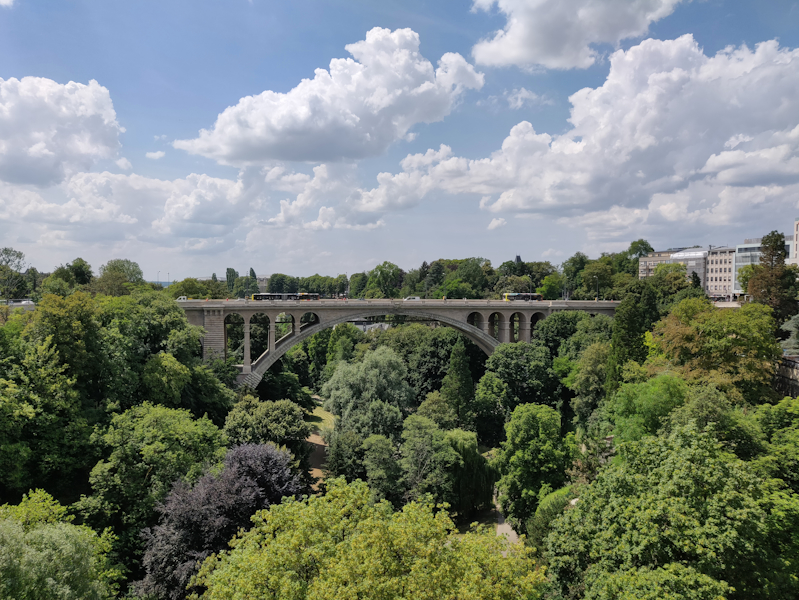
[ OnePlus 6 ]
[ G7 ] - [ G6 ] - [ V30 ]
[ Mi MIX 2S ] - [ Pixel 2 XL ] - [ Mate 10 ] - [ P20 ]
[ P20 Pro ] - [ S8 ] - [ S9+ ]
[ iPhone X ]
The next bridge scene again fares extremely well for the OnePlus 6 – the exposure is able to retain the sufficient highlights in the sunlit foliage and clouds and is able to beat a lot of phones, bar the LG V30 and P20Pro. Only the latter in its sensor pixel binning mode is able to achieve sufficient native high dynamic range.
Detail wise again the OP6 is pulling punches with the S9 and personally I would prefer the OP6’s results here as it’s able to perform better on the foliage detail due to its increased resolution.
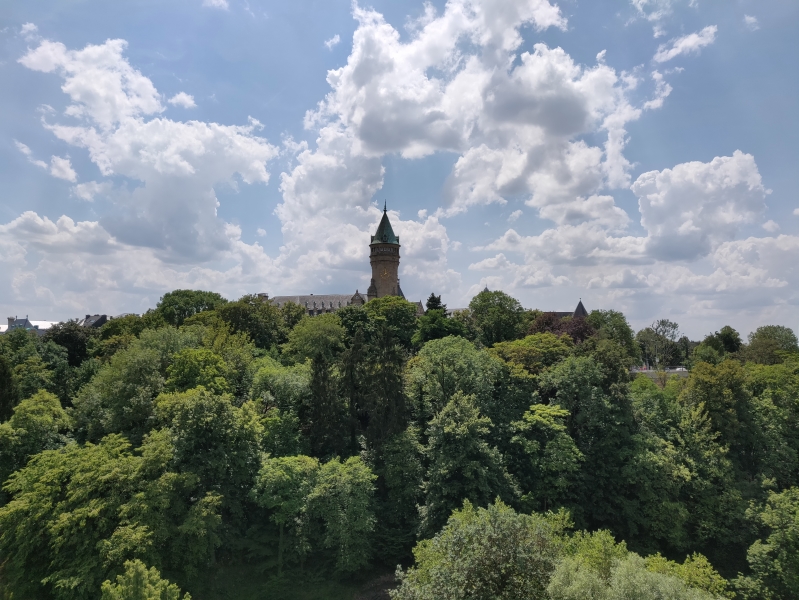
[ OnePlus 6 ]
[ G7 ] - [ G6 ] - [ V30 ]
[ Mi MIX 2S ] - [ Pixel 2 XL ] - [ Mate 10 ]
[ P20 ] - [ P20 Pro ]
[ S9+ ] - [ iPhone X ]
The next shot we come to a similar conclusion as the OnePlus 6 manages one of the best overall results compromising between maintaining sufficient dynamic range in the shot and not flattening out the highlights of the bottom half of the scene as much as other phones.
Detail wise again it’s a close battle between the S9 and the OP6. The S9 preserves a tad more shadow detail in some areas as it’s HDR is able to bring them out a bit more, but again this also causes the highlights to disappear. Sharpness wise I think the OP6 does the best job on the wide shot – this scene in particular would have really benefitted from a telephoto lens for the OP6.
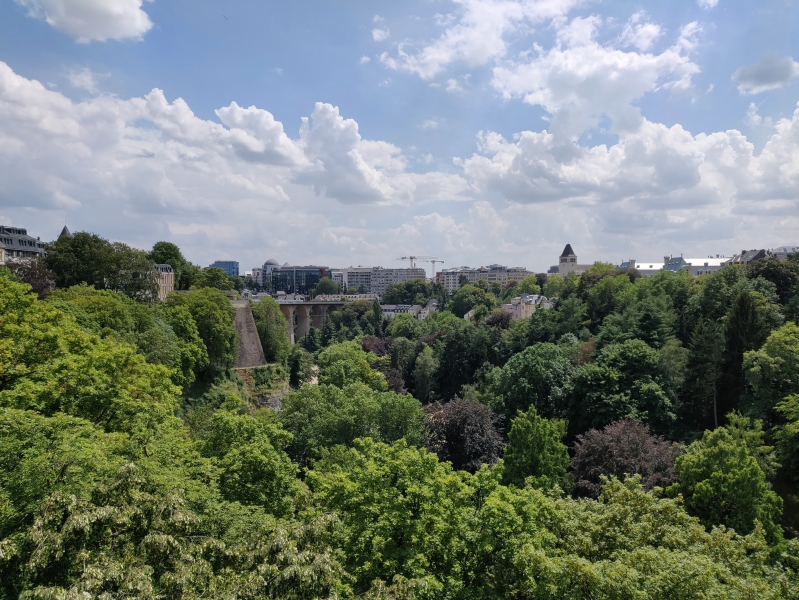
[ OnePlus 6 ]
[ G7 ] - [ G6 ] - [ V30 ]
[ Mi MIX 2S ] - [ Pixel 2 XL ] - [ Mate 10 ]
[ P20 ] - [ P20 Pro ]
[ S8 ] - [ S9+ ] - [ iPhone X ]
The final scene of this type is a repeat story of the previous two – the OP6 is among the best in managing to preserve the dynamic range throughout the whole scene as other devices’ HDR processing really flatten out the image on the bottom half in favour of the sky, the iPhone X and the LG V30 are the two other phones who do the best here but I favour the OP6’s and V30’s colour renditions.
Detail wise the OP6 wins again over the competition, albeit it looks like the S9 has less issue with chromatic aberration that can be seen in some parts of the OnePlus shot. The P20Pro’s 40MP mode in this shot resulted in a mess so wasn’t of consideration.
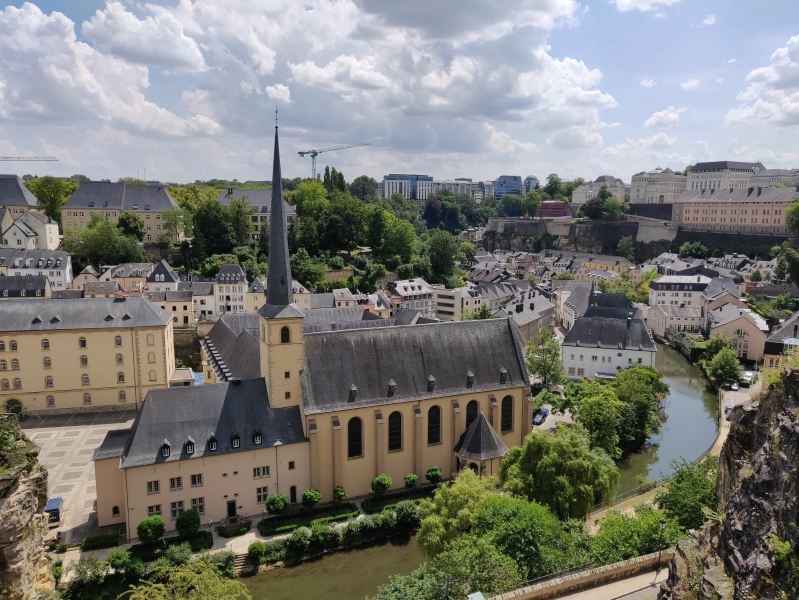
[ OnePlus 6 ]
[ G7 ] - [ G6 ]
[ V30 ] - [ Mi MIX 2S ] - [ Pixel 2 XL ]
[ Mate 10 ] - [ P20 ] - [ P20 Pro ] - [ S8 ] - [ S9+ ] - [ iPhone X ]
The OP6 in the abbey shot is again really good as it’s able to produce a well-balanced exposure retaining high dynamic range throughout the shot. The MIX 2S in the second sample is actually seemingly again the nearest in terms of processing, but the OP6 went for a longer exposure and results in just a brighter picture which I think is better.
Detail wise, the V30 and S9 are the closest competitors to the OP6. The V30 has a narrower field of view and this results in an advantage in terms of spatial resolution versus the OP6.
In the OP6 shot again at 3/4ths of the screen we can see chromatic aberration most likely caused by defects in one of the lenses, this seems to be localised to the right side of the screen as the left side look to suffer from such visible effect.
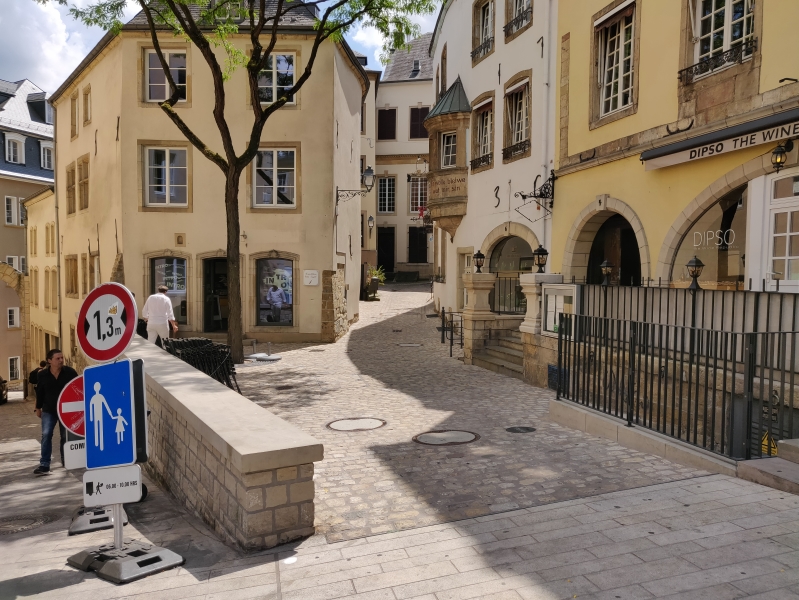
[ OnePlus 6 ]
[ G7 ] - [ G6 ] - [ V30 ] - [ Mi MIX 2S ] - [ Pixel 2 XL ]
[ Mate 10 ] - [ P20 ] - [ P20 Pro ] - [ S8 ] - [ S9+ ] - [ iPhone X ]
In this shot again the OP6 is most closely matched up with the MIX 2S in terms of exposure and colour balance. Although the OP6 seems to have better resolution, the S9 brings out much better texture detail throughout the scene.

[ OnePlus 6 ]
[ G7 ] - [ G6 ] - [ V30 ]
[ Mi MIX 2S ] - [ Pixel 2 XL ] - [ Mate 10 ] - [ P20 ] - [ P20 Pro ]
[ S8 ] - [ S9+ ] - [ iPhone X ]
In the shop front shot with lots of detail and colours I think the OP6 I think misses it a bit in terms of colour temperature as it’s too warm, and it’s also flattening out the highlights a bit too much as it’s trying to bring out the shadows a lot more than other phones.
Detail wise, again in some parts of the scene the OP6 is the winner, however the large aperture lens doesn’t do it favour as we can see chromatic aberrations, most visible on the haze of the left most elephant as well as on the blurriness of the silver elephant in the shop window.

[ OnePlus 6 ]
[ G7 ] - [ G6 ] - [ V30 ] - [ Mi MIX 2S ] - [ Pixel 2 XL ]
[ Mate 10 ] - [ P20 ] - [ P20 Pro ] - [ S8 ] - [ S9+ ] - [ iPhone X ]
In the last shot I try to evaluate the colour reproduction and dynamic range one of the toughest scenarios for smartphones – getting the correct colour reproduction on flowers such as the imaged petunias. Some phones such as the iPhone X can come completely off-mark here and essentially every phone has its own interpretation. Wrong HDR processing here can really ruin the shot. Unfortunately the OnePlus 6, while doing well in terms of colour balance, fall prey to the processing as it flattens the highlights too much as it tries to bring out more shadows off-subject. The V30 and S9 have the best colour reproduction, but the S9 is a step ahead in terms of avoiding colour clipping as well as detail retention.
Overall the OnePlus 6 in daylight was an extremely good shooter competing for the top in terms of picture quality. I really enjoyed seeing it having a really good HDR implementation that didn’t flatten out much of the highlights in sunny conditions – something other smartphones have a tendency to do. Consistency of the OP6 has been also great in daylight, and I haven’t had really any bad shots with the phone.
In terms of detail, the OP6’s 16MP sensor can take the top spot in terms of details and in many scenes takes the top spot in terms of resulting spatial resolution, however its detail consistence across the scene isn’t equal because it seemingly suffers in sharpness due to its optics and imperfect lens that results in chromatic aberrations in distinct parts of the scene.
In normal daylight shots, the secondary camera seems to be essentially useless as I haven’t found any use-case for it yet. This could have been replaced with a telephoto lens in my opinion, but let’s first see the night time shots.



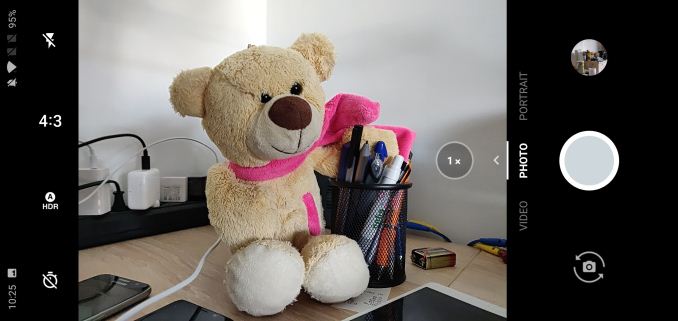

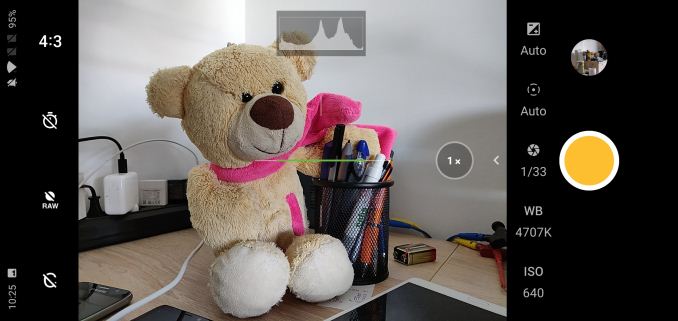








90 Comments
View All Comments
Lau_Tech - Saturday, July 28, 2018 - link
Thank you for the review Andrei! I think at this price point the oneplus 6's main problem is the lack of carrier support.In my country you can get an S9 for cheaper than a one plus 6 (with a carrier plan.)... Only people migrating to sim-only plans will still find the one plus 6 to be an attractive option.
Lau_Tech - Saturday, July 28, 2018 - link
Also would recommend some analysis of the fingerprint/face scanner ease of use Andrei... Something to consider for future reviews.diamondbackbilliards - Saturday, July 28, 2018 - link
More Like IphoneX but I hope beats the Iphone on multitasking level. as iphone can handle no lag even if you left 30 apps open. heavy or light.djayjp - Saturday, July 28, 2018 - link
Yes, buy a oneplus or a Huawei and have your data tracked (and likely hacked) by the Chinese government.PeachNCream - Saturday, July 28, 2018 - link
There's no evidence that phones made by Chinese companies are actually being used for spying at least not outside routine data collection inherent to all Google powered devices. The UA government has an advisory publication out discouraging their use as a precaution where government furnished cellular hardware is concerned, but I wouldn't universally apply that to private citizens that just want to hide their dirty pics from a spouse.djayjp - Monday, July 30, 2018 - link
Yeah you can give the Communist party all of your log in info and have them track you and steal IP. You have no idea how scary things are in China. There is ample evidence the Chinese government does hack. Look up about their new 1984 citizen points system.djayjp - Monday, July 30, 2018 - link
Maybe you'll disappear one day. But don't worry, your organs will be of great benefit to the party leaders.Greg E - Saturday, July 28, 2018 - link
Very useful review, if a little late for my purchase decision :>) A few comments from a user of about a month: 1) I waffled about the notch, finally "turned it off". This makes the notch background always black, which means that the stupid Google decision to not allow colored icons in the notification tray (because that would conflict with the uncontrolled background color) can maybe go away. I sorely miss having some icons easily spotted by use of color. 2) You don't comment on the utility (or otherwise) of the fingerprint sensor on the back. On my previous phone (Note 4) I didn't bother with security, as it was too much hassle. With a reachable, tappable (ie not swipe) FPS, this is easy, so I use it. I no longer use the power button or double-tap on screen to wake the phone, as the FPS does that along with security. 3) I don't care for the glass back either, but I read somewhere that this contributes to better radio performance. My experience in that regard has been pretty good, but I am not in a position to test (hint, hint). Also, this may put them in good position to add 5G antennae in the next generation. Can you comment on this?Andrei Frumusanu - Saturday, July 28, 2018 - link
2) FPS' have been around for long enough now that I generally don't have much to talk about them. Personally as I have like 15 devices on my desk I don't have them on by default and beyond shortly testing them.3) Radio performance testing is insanely hard to do correctly and requires >$60k of equipment or very close cooperation with an RF lab - currently we don't have any of the prerequisites. Also I've seen in the past that posting subjective or amateurish testing can be completely wrong so I prefer not to write about it rather than write misleading things when I have no sense of certainty on the topic.
ZolaIII - Sunday, July 29, 2018 - link
What makes the most on RF (radio) performance is traditionally antenna straight (size) and amplifier. So you have old chunky big antenna M's from late 90's that can get the signal when digged 6 fits under. Glass isn't particularly better than let's say plastic in letting analogue signals true but metals block them. Its a final time to step up and use nano tube polymers for phone casing or at least first gen of so called liquid metals (that actually don't have anything common with metal except straight)...